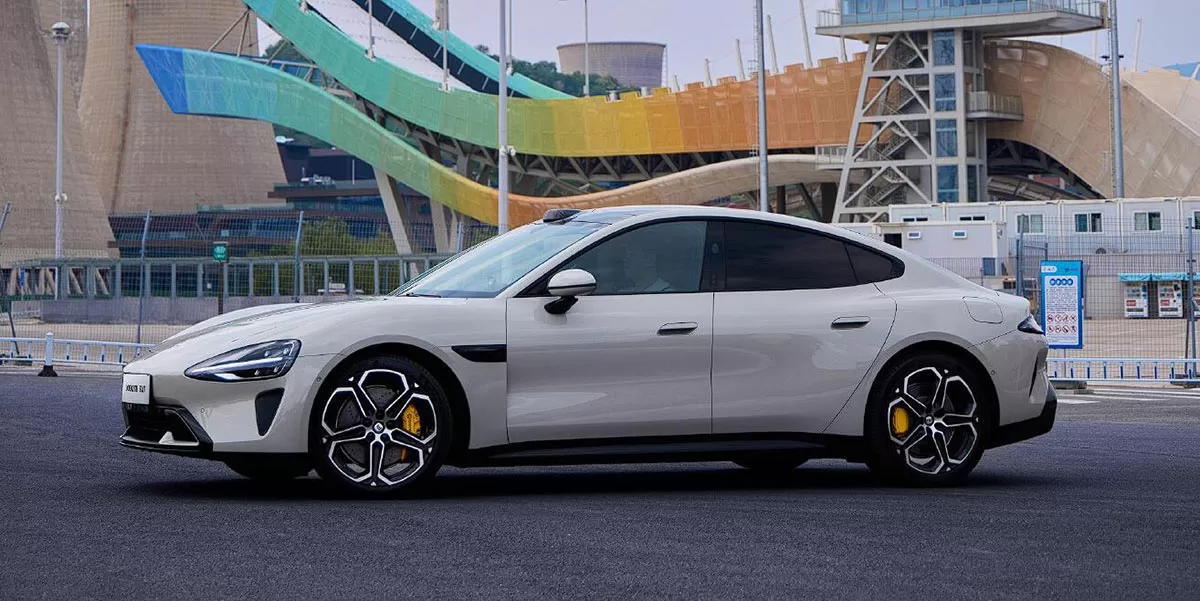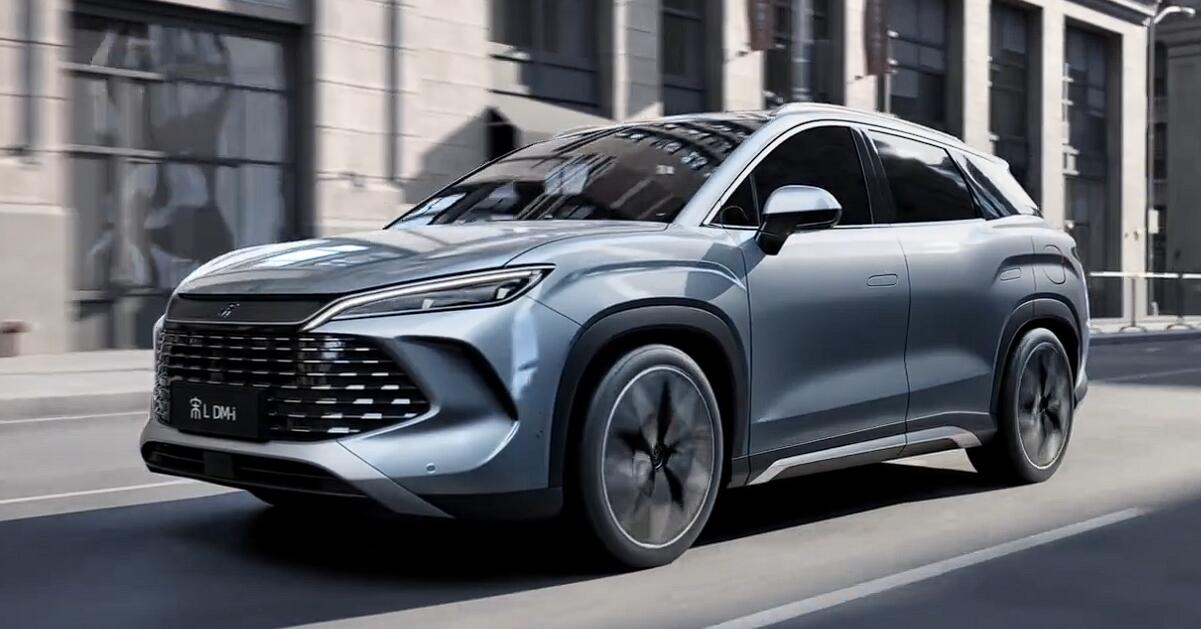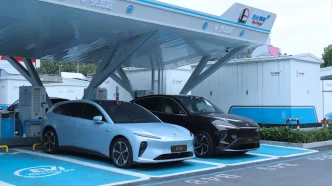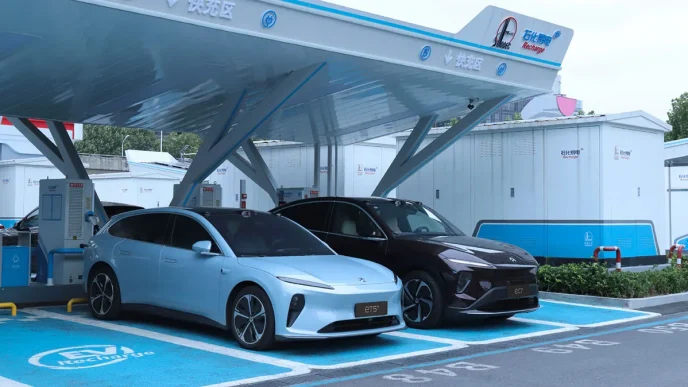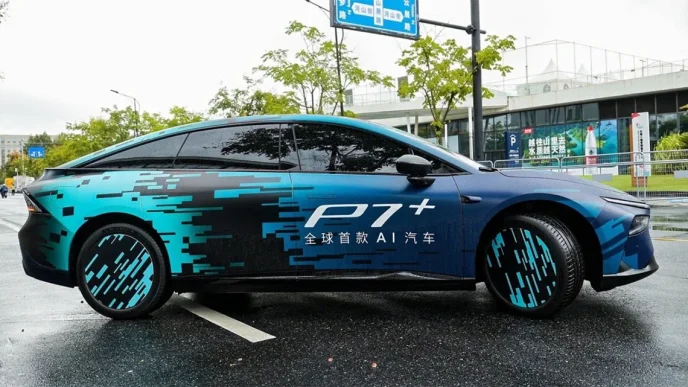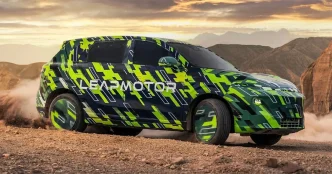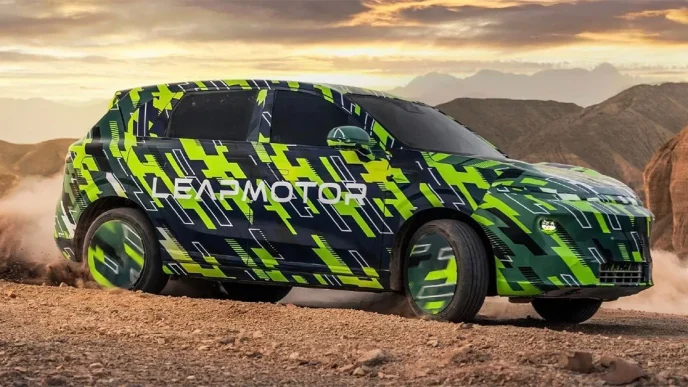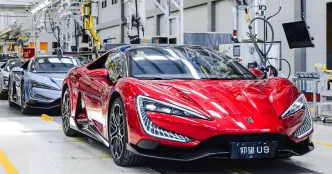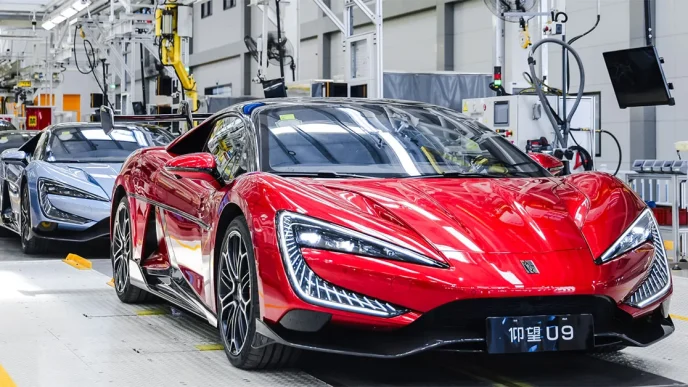A leaked document from supplier Bosch has revealed that Xiaomi plans to launch three new electric vehicle models between 2025 and 2026, signaling the company’s expansion beyond its initial offerings. The information indicates that Xiaomi will venture into the SUV segment, marking a shift away from a purely electric drive.
The first of these models is the SU7 Ultra, already presented as a prototype. It is a performance-oriented version of Xiaomi’s inaugural production model, the SU7. According to Electric Vehicles, the details come from a new technology roadmap provided by Bosch. Additionally, Xiaomi’s first dedicated SUV, internally codenamed MX11, is slated for release in 2025. Following this, a six-seater SUV known as N3 will debut in 2026 as an Extended-Range Electric Vehicle (EREV), featuring an additional combustion engine to extend its driving range.
Information about the MX11 and N3 remains limited, with the Bosch document primarily outlining the components that will be utilized in these vehicles. The MX11 is expected to incorporate Dynamic Power Braking (DPB) technology, while the N3 will leverage second-generation Intelligent Power Braking technology. However, specific technical specifications regarding the drivetrain or dimensions of these vehicles have not yet been disclosed.
In contrast, more comprehensive details are available for the SU7 Ultra, which Xiaomi showcased in greater depth during the summer. The SU7 Ultra features a tri-motor setup, consisting of two Super Motor V8 units and one Super Motor V6. This configuration is designed to compete with traditional combustion engines. The Super Motor V8 delivers 425 kW, while the Super Motor V6 offers 288 kW, collectively providing the SU7 Ultra with a staggering output of 1,138 kW, complete with torque vectoring and all-wheel drive capabilities.
Xiaomi’s move into the SUV segment is not surprising, particularly following the success of its debut saloon model, which has seen positive traction in the market. Despite some Chinese manufacturers favoring quick battery swap technology over EREV models, there is a growing demand for EREVs in China. Companies like Li Auto have found success with this approach, prompting startups like Leapmotor and Neta to also introduce EREVs alongside their battery electric vehicle (BEV) offerings. In August, Avatr launched its first EREV, further underscoring the trend.
Since its January unveiling, the SU7 has begun deliveries as of April. Although August sales figures are still pending, Xiaomi reported delivering 27,307 vehicles in the second quarter, generating sales of 6.2 billion yuan (approximately €792 million). To accommodate growing demand, Xiaomi has increased its production capacity, aiming to reach a target of 100,000 units by November.
Source: Eletric-vehicles.com

